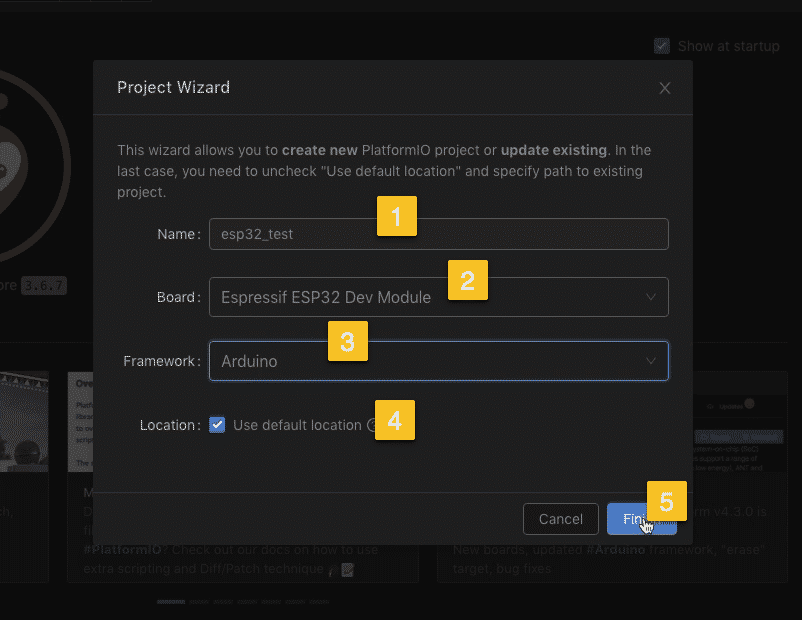Test-project Mac OS
- In this article we'll be looking at how you create and test In App Purchases (IAP) in your macOS apps for the App Store. The methods shown in this guide require GMS 2.2.4 or newer, plus the 'Apple IAPs' extension from the Marketplace - if you're using 2.2.3 or older you will need to update and ensure you have the correct extension in your project before you can follow this guide.
- Build my test project. Simply launch the command mvn package appbundle:bundle from the root of the directory TestProject. This will build the dmg file in the target folder with the JRE for Mac OS X included, in this particular case it will be called TestProject-0.1-SNAPSHOT.dmg. Test my test project. On the target Mac OS X.
- To install Bottleneck on Linux, Mac OS X, et al.: $ pip install. To install bottleneck on Windows, first install MinGW and add it to your system path. Then install Bottleneck with the command: python setup.py install -compiler=mingw32.
When getting start with a new language the first thing that I do to get familiar with the new to me syntax is solve FizzBuzz (https://en.wikipedia.org/wiki/Fizz_buzz) in that language. This small activity sends me through the gauntlet of setting up a new project, finding and setting up a unit testing framework, getting the test project to find and execute the code, and finally solving FizzBuzz using a new language. Creating a unit testing project for .NET Core on the Mac proved a little difficult so I thought I’d share my process in a blog post.
Most of these steps will be done from the terminal and I will be using Visual Studio Code view project files.
Are you thinking of moving from Manual to Automation Testing? Do you believe Coding is the key to Automation Testing Career? Then you should also be aware that Test Automation is certainly in high demand and that Java is one of the most common programming language used for Automation Testing. Visual Studio Code as IDE for.NET Core; Visual Studio 2019 as IDE for Mono; Linux. Visual Studio Code as IDE for.NET Core; Mono develop as IDE for Mono; Usage. Refer the HTTP Proxy Server library in your project and look up the test project to learn usage. Setup HTTP proxy.
Open your terminal and navigate to where you would like to create your project
First we are going to create our FizzBuzz directory
mkdir FizzBuzz
Navigate into that directory and create our Dotnet Solution file
cd FizzBuzz/
dotnet new sln
Create the FizzBuzzService project that will handle solving FizzBuzz
mkdir FizzBuzz.Service
Test-project Mac Os Download
cd FizzBuzz.Service/
Test-project Mac Os 11
dotnet new classlib
Navigate back to the Solution file and add a reference to the FizzBuzzService project
cd ..
dotnet sln add FizzBuzz.Service/FizzBuzz.Service.csproj
For a unit testing library we are going to use NUnit. To make setting it up easier we are going to install an NUnit Dotnet Template (this template will remain on your computer so you won’t have to do this again if you create a new project)
dotnet new -i NUnit3.DotNetNew.Template
Create the NUnit test project
mkdir FizzBuzz.Test
cd FizzBuzz.Test/
dotnet new nunit
Add a reference to the FizzBuzz Service
dotnet add reference ../FizzBuzz.Service/FizzBuzz.Service.csproj
Navigate back to the Solution file and add a reference to the FizzBuzzTest project
Test-project Mac Os Catalina
cd ..
dotnet sln add FizzBuzz.Test/FizzBuzz.Test.csproj
You can now open the project in Visual Studio Code
code .
Test-project Mac Os X


Back in the terminal navigate to the test folder to run the tests
cd FizzBuzz.Test
dotnet test
You should see one of one tests passing
In your UnitTest1.cs file write your first test
Currently your test can not find the FizzBuzzService class which is fine because it does not exist yet
In the class1.cs file in the FizzBuzz.Service folder rename the class to FizzBuzzService and create the Translate() method
All that is left is to add a reference to the FizzBuzzService in the UnitTest1.cs file with
using FizzBuzz.Service;
From the FizzBuzz.Test folder run dotnet test and you should now have one failing test
In your Translate method return “1” instead of “” and run
dotnet test
Your dotnet core project using Junit is now setup with its one test passing